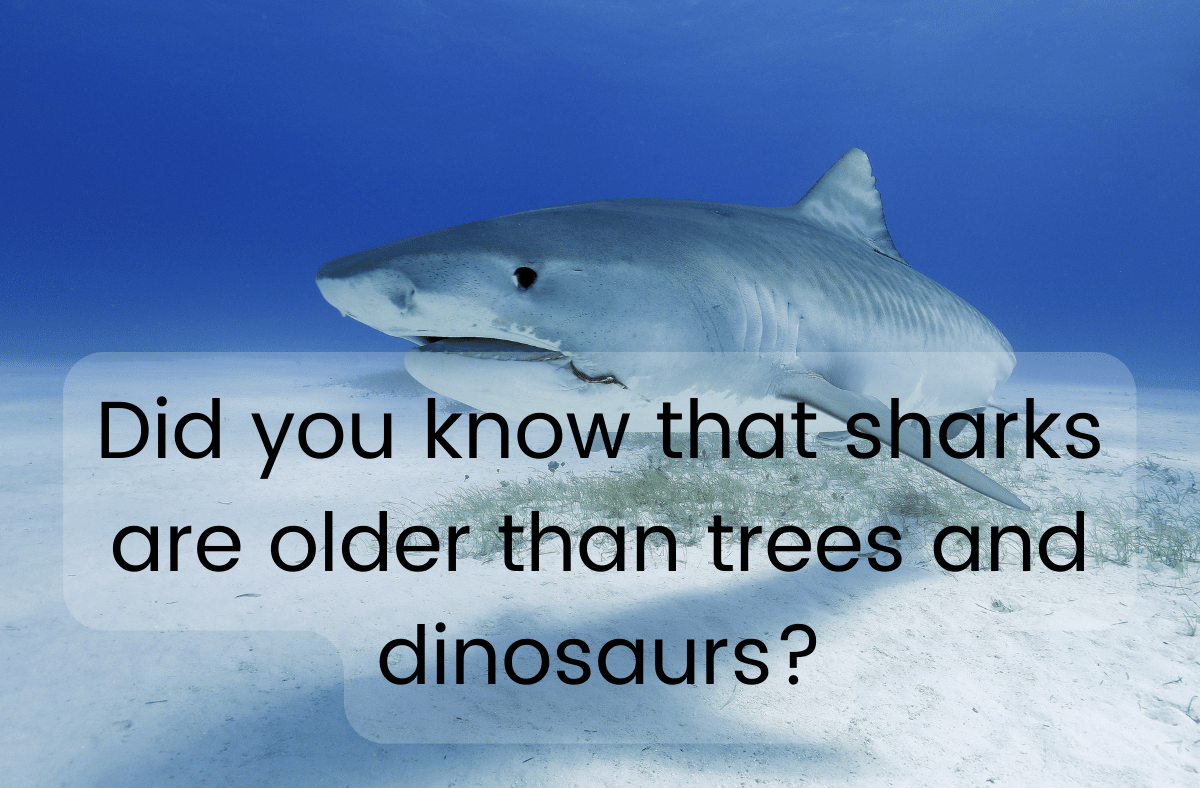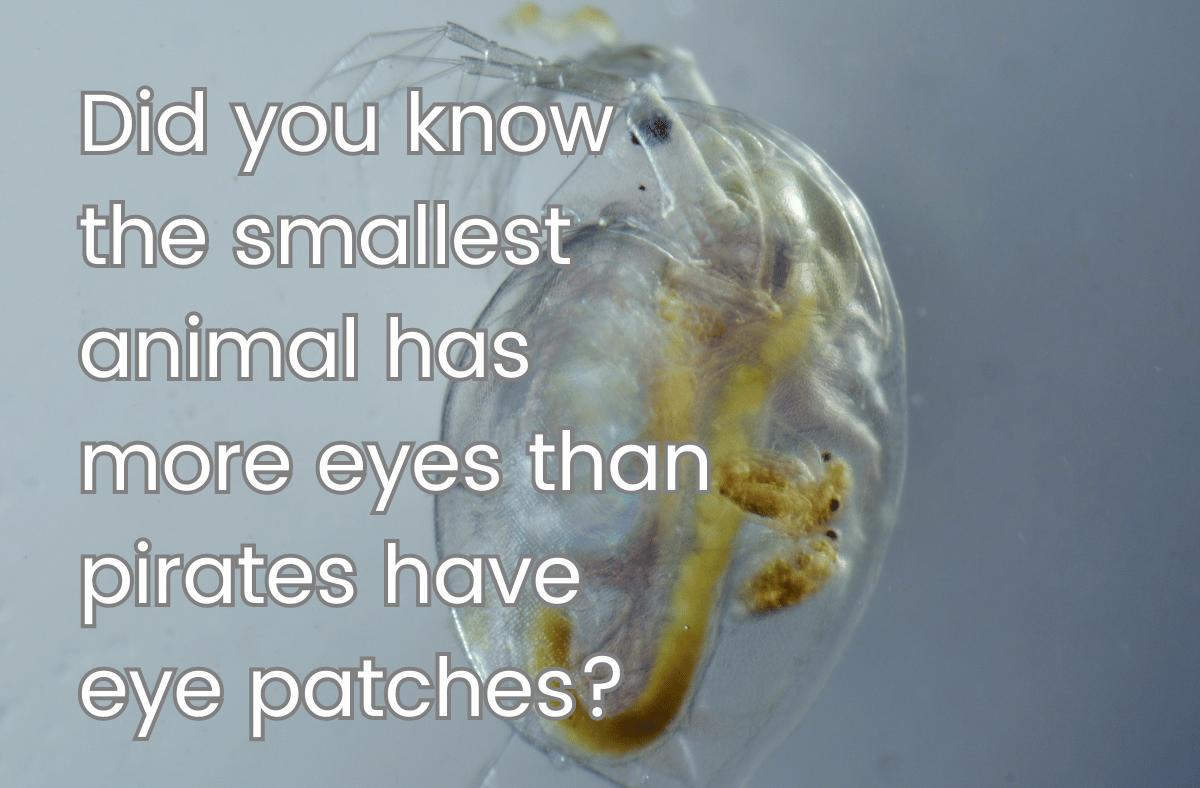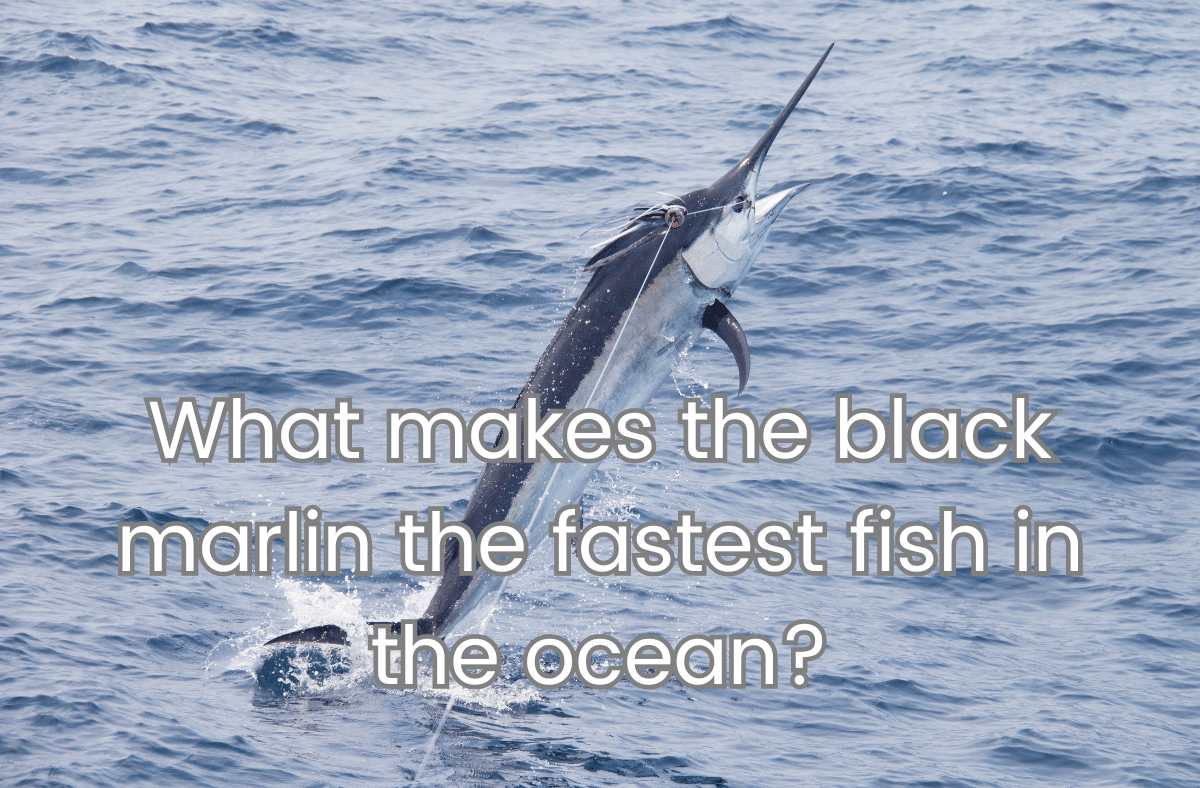For those in a hurry
- Sharks are older than trees and dinosaurs. They have been swimming in the ocean for more than 450 million years, while trees appeared about 360 million years ago and dinosaurs about 230 million years ago.
- Sharks belong to a group of cartilaginous fishes, meaning their skeleton is made of cartilage instead of bone.
- Sharks have evolved many different shapes and sizes over time, from tiny lantern sharks to giant megalodons.
- Sharks have survived five mass extinctions, but today many of them are threatened by human activities such as overfishing and habitat loss.
How did sharks evolve?
Sharks are one of the oldest groups of animals on Earth. They first appeared in the fossil record around 450 million years ago, during the Late Ordovician Period. At that time, they were very different from the sharks we know today. They had no eyes, fins or bones, and looked more like small leaf-shaped fish.
Sharks evolved from these primitive fish into two main branches: the chimaeras (also known as ratfish, rabbit fish or ghost sharks) and the true sharks. The chimaeras split from the sharks around 420 million years ago, and today they are mostly found in the deep ocean. The true sharks continued to diversify and adapt to different environments and prey.
One of the earliest true sharks was Cladoselache, which lived about 380 million years ago. It had a sleek body, five gill slits, a terminal mouth (located at the front of the snout) and no anal fin. It was probably a fast swimmer that hunted small fish in shallow waters.
What are some of the most amazing shark fossils?
Shark fossils are rare because their skeleton is made of cartilage, which does not preserve well. Usually, only their teeth, scales and fin spines are found. However, these can tell us a lot about their diet, size and species.
Some of the most impressive shark fossils belong to megalodons (Carcharodon megalodon), which were the largest predators ever to live in the ocean. They could grow up to 18 meters long and weigh up to 50 tons. Their teeth were huge, measuring up to 17 centimeters long. They lived from about 23 to 3.6 million years ago, and fed on whales, seals and other large animals.
Another fascinating shark fossil is Helicoprion, which lived from about 290 to 250 million years ago. It had a unique spiral-shaped lower jaw with rows of teeth that looked like a circular saw. Scientists are still not sure how it used this bizarre feature, but some think it may have helped it slice through soft-bodied prey like squid.
How did sharks survive mass extinctions?
Sharks have survived five mass extinctions in Earth’s history, when many other species went extinct. The most recent one was 65 million years ago, when an asteroid hit the planet and wiped out the dinosaurs and many other animals. Sharks survived because they are very adaptable and resilient. They can live in almost any aquatic habitat, from coral reefs to polar seas. They can also eat a wide range of food, from plankton to mammals. They have a high reproductive rate, which helps them recover from population declines. And they have a powerful immune system, which protects them from diseases and parasites.
What are the threats to sharks today?
Despite their long evolutionary history and remarkable survival skills, sharks are facing many threats today from human activities. Overfishing is one of the main problems, as millions of sharks are killed every year for their meat, fins, oil and cartilage. Some are caught intentionally, while others are caught accidentally as bycatch in fishing nets and lines. Overfishing reduces shark populations and disrupts the balance of marine ecosystems.
Habitat loss is another threat to sharks, as human activities such as coastal development, pollution and climate change degrade or destroy their natural habitats. Sharks need healthy habitats to find food, shelter and mates. Habitat loss reduces their chances of survival and reproduction.
Sharks are also affected by illegal wildlife trade, which involves selling or buying shark products such as teeth, jaws and skins for souvenirs or decorations. This trade encourages poaching and smuggling of endangered shark species.
How can we protect sharks?
Sharks are important for the health of the ocean and the planet. They help maintain biodiversity, regulate food webs and provide ecosystem services such as nutrient cycling and carbon storage. They also have cultural, economic and scientific value for humans.
We can protect sharks by supporting conservation efforts such as shark sanctuaries, marine protected areas, fishing regulations and bans on shark finning and trade. We can also raise awareness and educate others about the importance and beauty of sharks. And we can make responsible choices as consumers, such as avoiding shark products and choosing sustainable seafood.
Sharks have survived for millions of years, but they need our help to survive the future. Let’s celebrate and protect these ancient survivors of the sea!






















